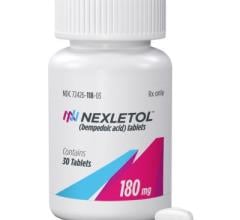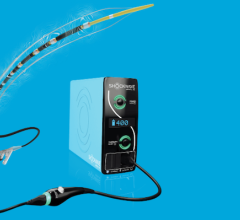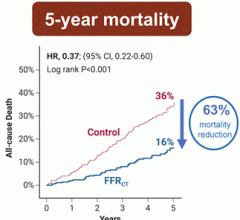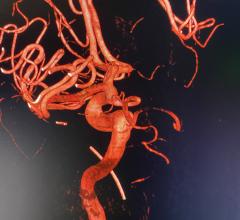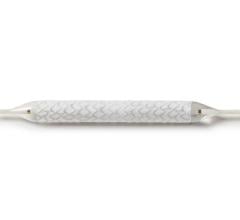December 7, 2010 - In an effort to improve the diagnosis and treatment of peripheral artery disease (PAD), the American College of Cardiology and American Heart Association issued the first-ever performance measures for adults with PAD. These new performance measures also aim to increase understanding of the serious heart-related effects of PAD within the healthcare community.
Despite the overwhelming evidence that patients with PAD – a narrowing or blockage of the arteries in the abdomen and legs – have a reduced quality of life, these patients are often underdiagnosed and undertreated.
“Patients with peripheral artery disease have the highest rate of heart attacks, stroke and cardiovascular death - higher than people with coronary artery disease - yet they remain undertreated,” said Jeffrey W. Olin, D.O., FACC, FAHA, professor of medicine, Mount Sinai School of Medicine and chair of the writing committee. “Therapies simply aren’t given with the same intensity. These patients receive anti-platelet therapy (aspirin or clopidogrel) or statin therapy (cholesterol-lowering medications) much less frequently than patients with coronary artery disease, despite their high cardiovascular event rate.”
Studies have found that people with PAD are up to six times more likely to die of heart disease compared to age-matched controls. Moreover, pooled results of eight randomized prospective trials show patients with PAD and coronary disease are more than twice as likely to die one year after undergoing percutaneous coronary intervention than patients with coronary disease alone.
“Even when PAD is diagnosed, many healthcare providers will often just treat the leg symptoms, for example, any leg pain, tightness or cramping the patient might report, and not the heart-related risks,” Olin said. “Once PAD is diagnosed, appropriate therapy can be instituted to improve the ability to walk further and faster without pain and lower the rate of heart attack, stroke and death from cardiovascular causes.”
The new performance measures are intended to help ensure earlier diagnosis and more appropriate modification of cardiovascular risk factors among patients with PAD.
The measures include the use of:
• Ankle brachial index (ABI) in patients deemed at risk – an easy and inexpensive way to screen for PAD by measuring the blood pressure in the ankle and the arm;
• statin therapy to lower the LDL cholesterol to less than 100 mg/dL;
• smoking cessation interventions to help active smokers stop;
• anti-platelet therapy with aspirin or clopidogrel to reduce risk of heart attack, stroke or death in people with history of symptomatic PAD;
• supervised exercise programs – similar to cardiac rehabilitation for patients who have had a heart attack or coronary bypass surgery – increases walking distance and is good for general heart health;
• lower extremity vein bypass graft surveillance – periodic ankle brachial index and ultrasound to make sure a bypass in the legs is continuing to function well, and
• monitoring of abdominal aortic aneurysms (when the aorta, the main blood vessel in the abdomen, becomes abnormally large or balloons outward).
Olin and members of the Task Force expect that these performance measures, once incorporated into routine practice, will improve patients’ overall well-being, quality of life and pain-free walking distance and speed, as well as reduce heart attack, stroke and death. As more clinicians adopt these practices more widely, the hope is that reimbursement of ABI and supervised exercise programs – two measures not currently reimbursed – will follow.
“The most effective therapy for PAD – a supervised exercise program – is not reimbursed by most third-party payers, even though virtually every randomized trial has shown that when used for patients with claudication, they are able to increase their walking distance by up to 200 percent and their walking speed also increases,” Olin said. “This is more than can be achieved with any medication that is available on the market.”
The selection of performance measures was based on a thorough evaluation of the evidence base for a given measure, the ease and/or complexity of measurement and whether the measurement was covered in previously published measurement sets. The writing committee included experienced clinicians and specialists in vascular medicine, cardiology, vascular surgery, exercise physiology, vascular and interventional radiology, interventional cardiology, endocrinology and epidemiology.
The performance measures will be published in the Journal of the American College of Cardiology and co-published in Circulation: Journal of the American Heart Association, the Journal of Vascular Nursing, the Journal of Vascular Surgery, and the Vascular Medicine Journal.
For more information: www.cardiosource.org and www.heart.org

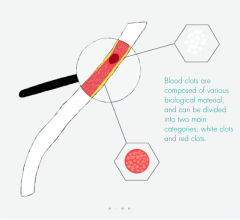
 December 16, 2024
December 16, 2024 
